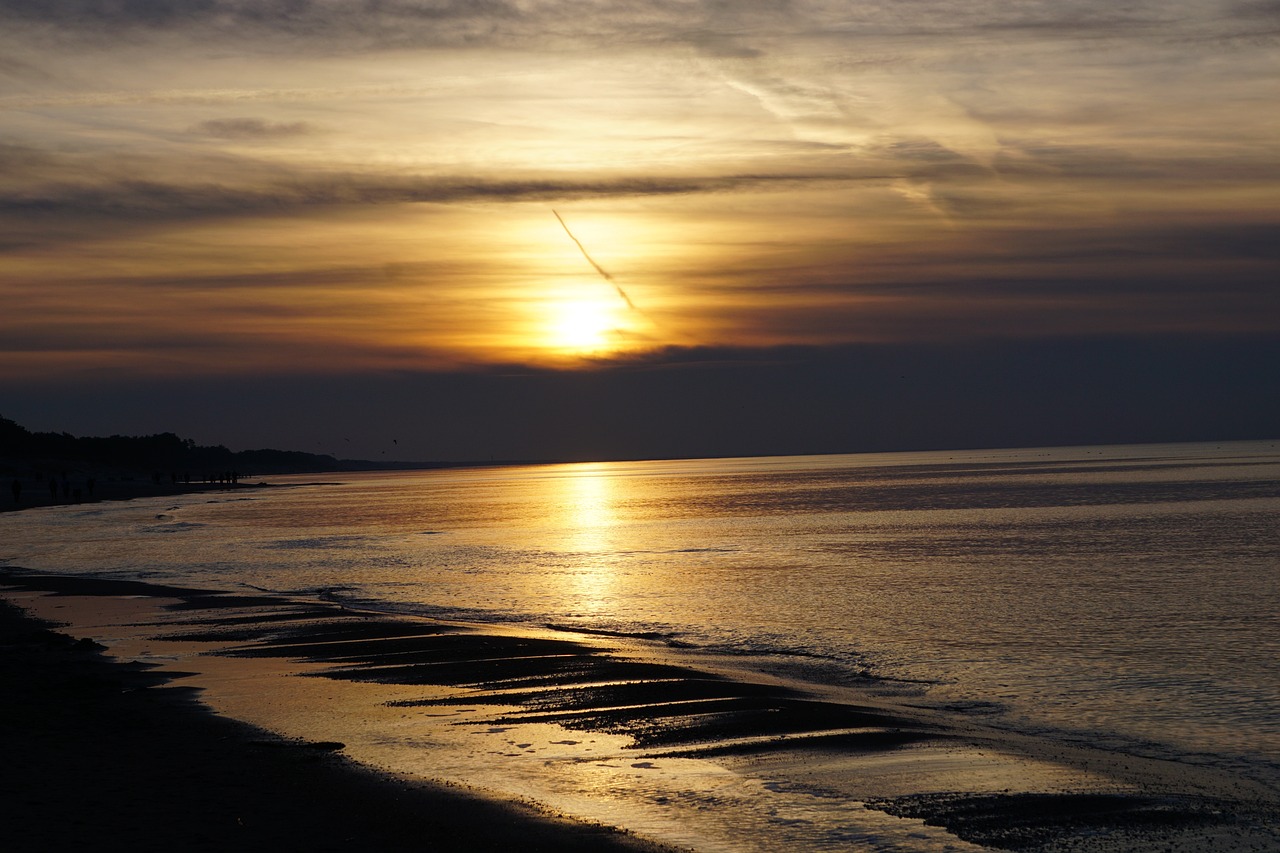Traveling for Art: Discovering Iconic Sculptures and Monuments
Traveling for art is a unique and enriching experience that allows you to explore some of the world’s most iconic sculptures and monuments. From ancient masterpieces to modern marvels, these works of art showcase the creativity and ingenuity of human civilization. Whether you’re a seasoned art enthusiast or simply looking to broaden your cultural horizons, embarking on a journey to discover these iconic landmarks is sure to inspire and awe you. In this article, we will explore some of the most famous sculptures and monuments around the world that are worth traveling for.
The Statue of Liberty, New York City, USA
One of the most famous sculptures in the world, the Statue of Liberty in New York City is a symbol of freedom and democracy. Designed by French sculptor Fr餩ric Auguste Bartholdi, the statue was a gift from the people of France to the United States and was dedicated in 1886. Standing at over 151 feet tall, the statue depicts a robed female figure representing Libertas, the Roman goddess of freedom, holding a torch above her head. Visitors can take a ferry to Liberty Island to get a closer look at this iconic monument and learn about its history and significance.
The Colosseum, Rome, Italy
The Colosseum in Rome is one of the most well-preserved Roman amphitheaters in the world and a UNESCO World Heritage Site. Built in 70-80 AD, the Colosseum was used for gladiatorial contests and public spectacles during the Roman Empire. The elliptical amphitheater could hold up to 80,000 spectators and is an architectural marvel of ancient Rome. Visitors can explore the interior of the Colosseum, marvel at its grandeur, and learn about its history through guided tours and exhibits.
Christ the Redeemer, Rio de Janeiro, Brazil
Perched atop the Corcovado mountain overlooking the city of Rio de Janeiro, Christ the Redeemer is a towering statue of Jesus Christ and a beloved symbol of Brazil. Standing at over 98 feet tall, the statue was completed in 1931 and has become an iconic landmark of Rio de Janeiro. Visitors can take a train or hike to the summit of Corcovado mountain to admire the statue up close and enjoy panoramic views of the city below. Christ the Redeemer is not only a religious symbol but also a testament to the artistry and engineering prowess of its creators.
The Great Sphinx of Giza, Egypt
The Great Sphinx of Giza is a colossal limestone statue of a reclining sphinx with a human head that stands on the Giza Plateau near the Great Pyramids in Egypt. Believed to have been built during the reign of Pharaoh Khafre in the 26th century BC, the Great Sphinx is one of the oldest and largest statues in the world. Its mysterious and enigmatic appearance has fascinated archaeologists, historians, and visitors for centuries. Travelers to Egypt can marvel at the Great Sphinx, learn about its history and significance, and explore the surrounding pyramids and archaeological sites.
Machu Picchu, Peru
Nestled high in the Andes Mountains of Peru, Machu Picchu is an ancient Incan citadel that dates back to the 15th century. This UNESCO World Heritage Site is renowned for its stunning architecture, terraced fields, and panoramic views of the surrounding mountains. Machu Picchu is a testament to the ingenuity and engineering prowess of the Incan civilization and has captivated travelers and historians alike. Visitors can hike the famous Inca Trail to reach Machu Picchu, take a guided tour of the site, and immerse themselves in the rich history and culture of the Inca Empire.
The Little Mermaid, Copenhagen, Denmark
The Little Mermaid statue in Copenhagen is a beloved symbol of Denmark and a tribute to the fairy tale by Danish author Hans Christian Andersen. The bronze statue depicts a mermaid sitting on a rock by the waterside and was unveiled in 1913. Despite its modest size, the statue has become an iconic landmark of Copenhagen and a popular tourist attraction. Visitors can walk along the waterfront promenade to view the Little Mermaid statue and admire its serene beauty against the backdrop of the harbor.
Frequently Asked Questions
Q: How can I best plan a trip to visit these iconic sculptures and monuments?
A: Planning a trip to visit these iconic sculptures and monuments requires careful research and preparation. Start by researching the locations, opening hours, and ticket prices of each site. Consider booking guided tours or purchasing tickets in advance to skip the lines and make the most of your visit. Be sure to check the local weather and dress accordingly, especially if you plan to visit outdoor sites. Finally, don’t forget to capture the memories of your journey through photos and journal entries.
Q: What are some tips for experiencing art and culture while traveling?
A: To fully immerse yourself in art and culture while traveling, consider visiting museums, galleries, and cultural centers in addition to iconic sculptures and monuments. Take guided tours to learn about the history and significance of each artwork, and interact with local artists and artisans to gain insight into their creative processes. Don’t be afraid to try new foods, attend cultural events, and explore off-the-beaten-path destinations to discover hidden gems and unique artistic expressions.
Q: How can I support the preservation and conservation of these iconic sculptures and monuments?
A: Supporting the preservation and conservation of these iconic sculptures and monuments is crucial to ensuring their longevity for future generations to enjoy. You can support these efforts by donating to heritage conservation organizations, volunteering for archaeological projects, and advocating for sustainable tourism practices. Respect the rules and regulations of each site, avoid touching or climbing on fragile sculptures, and dispose of waste responsibly to minimize your environmental impact. By being a responsible traveler, you can help protect these priceless cultural treasures for years to come.





